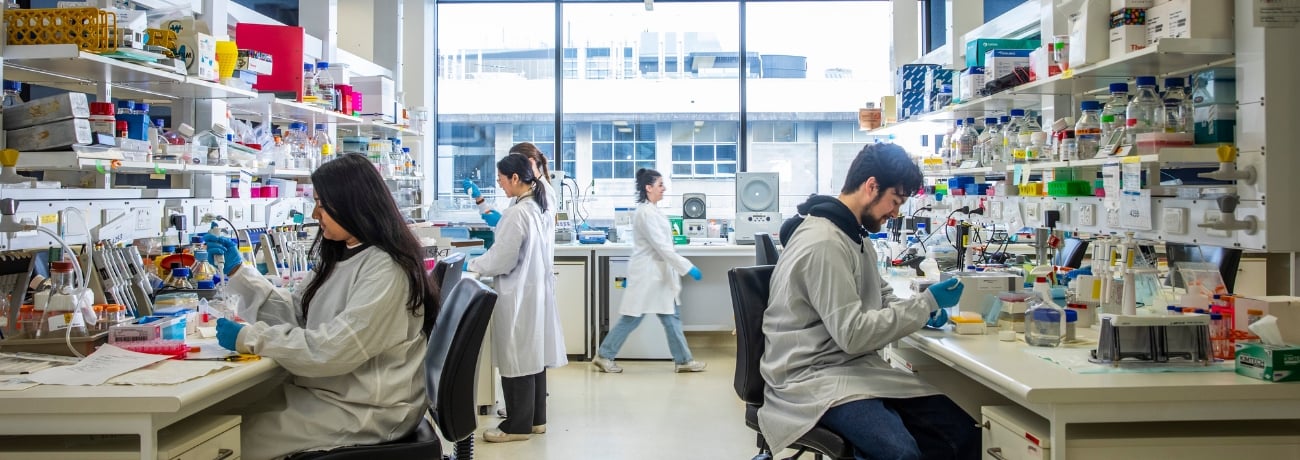Florey researchers are investigating why a common virus leads to multiple sclerosis (MS) in some people, while others are barely affected.
The Epstein-Barr virus (EBV) has been contracted by more than 95 per cent of the population, but the impact of the virus on people’s lives varies dramatically.
Symptoms are usually imperceptible in small children; in some people, mainly teenagers, it can lead to glandular fever; while a small number of other people, particularly those who have their first Epstein Barr virus infection as a young adult, may develop MS, a debilitating incurable inflammatory disease of the central nervous system.
Now, thanks to funding support from the Australian Government’s Medical Research Future Fund, Professor Anne-Louise Ponsonby from The Florey will lead an investigation into what factors are needed for EBV to cause MS.
“EBV is in the herpes family of viruses and is very common. These viruses have been in human populations for thousands of years. It’s been known for a long time that the cause of MS is multi-factorial, meaning both genetics and environment have a role. The challenge for us now is to work out how this constellation of factors comes into play together, and to understand the mechanisms,” Professor Ponsonby said.

The study will examine the influence various factors – including a person’s age, their human leukocyte antigen (HLA) genotype, their levels of exposure to sunlight, and their Vitamin D levels – have on EBV and whether they are linked to the person developing MS.
“We want to see whether some people are more genetically susceptible to the adverse effects of EBV, or whether it affects them because of certain environmental contexts.”
“We will examine how environmental and genetic factors act to turn key gene function switches off or on. We will study the gene switching patterns we know to be associated with MS onset.”
EBV has previously been shown to cause “friendly fire”, with the immune system battling the virus but also attacking proteins in the body, including the brain.
“We’re going to use data science and examine how a person’s environment affects the way their genes work. We’ll see how EBV switches on and off genes in a person to then change the immune or nervous system in a way that pre-disposes them to MS.”
The study will use data science to examine three well-known Australian studies: Ausimmune, ALong and PrevANZ trial, working with MS Australia.
“Through these studies we’ve previously and comprehensively measured patients’ environment and genetics, and now we’ll go back and look at how often, while the person was exposed to EBV, they were also experiencing friendly fire from their own immune system.
“Our goal is to apply what we learn to reduce MS onset risk, improve MS prevention and treatment and contribute to better patient care and outcomes,” she said.
